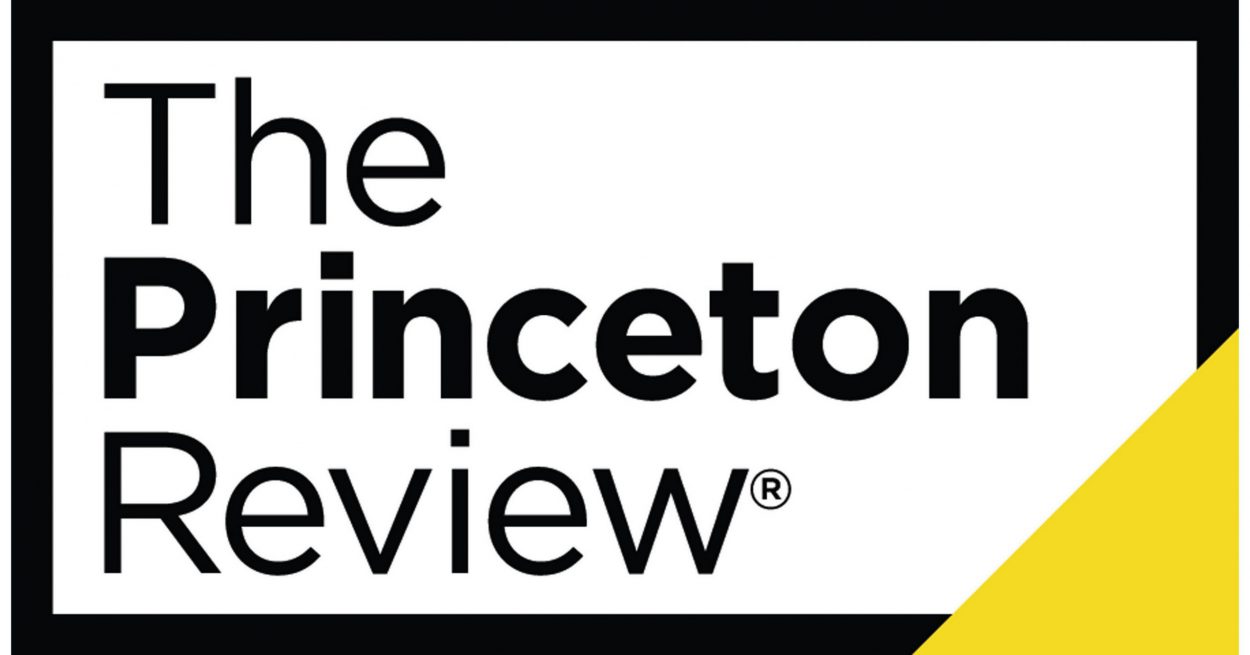This ongoing article series seeks to highlight students who have conducted notable research in the science, technology, engineering or mathematics (STEM) fields. Students may conduct research throughout the Fall, Spring or Summer terms. Many students pursue research as a two or four credit course under the tutelage of a professor of their choosing. After conducting research for at least a term, students may present their findings at Port Day, The Undergraduate Research Symposium hosted by The Lighthouse: Center for Exploration & Discovery.
Sophomore Kiera Doyle was among a select group of students who desired to participate in the Chemistry Department’s research for the Spring Semester. Her research is centered around the Distributed Pharmaceutical Analysis Laboratory (DPAL) in collaboration with the University of Notre Dame.
The purpose of DPAL is to ensure the quality of popular pharmaceutical drugs in the developing world. Suspect medications from Kenya, Uganda, Tanzania, India, Nepal and/or Malawi have been randomly collected. The project currently has over 1200 antibiotic samples from eastern Africa and southeast Asia ready for analysis. The project is a coalition of academic institutions utilizing their laboratories to analyze various selected drugs. The quantification of such drugs is based on monographs published in the United States Pharmacopeia (USP).
Doyle said, “It is exciting to be part of a project that is larger than Virginia Wesleyan, especially as it contributes to such a significant and relevant cause.”
Samples from suspect countries in quantities of singular tablets are mailed to the analyzing academic institution. Recently, VWU was asked to pause analysis of cephalexin and begin analysis of ceftriaxone. There has recently been an influx of ceftriaxone samples obtained by DPAL and the World Health Organization (WHO) during the Coronavirus Disease 2019 (COVID-19) pandemic that need to be analyzed.
With the new guidance from DPAL, Doyle has been working on creating an analysis protocol method for the popular antibiotic, ceftriaxone. Ceftriaxone is a cephalosporin antibiotic, like cephalexin, that is used to treat a wide variety of infection caused by bacteria such as gonorrhea, pelvic inflammatory disease, meningitis, and generalized infections of the lungs, ears, skin, urinary tract, blood, bones, joints and abdomen. Additionally, it can also be utilized as an infection prevention measure before certain surgical procedures.
To provide background on the purpose of DPAL, the WHO reports that one in ten medical products being sold in low- and middle-income countries are substandard to their reported ingredients or falsified altogether. This equates to approximately 10% of drugs in these parts of the world.
There are many issues that can arise with the consumption of substandard drugs, especially when being used to fight an infection. It can lead to drug resistance, increased mortality/morbidity, and a loss of confidence in healthcare. In terms of falsified pharmaceuticals, a lack of efficacy, harmful side effects and/or death can arise because of inert fillers or substituted active pharmaceutical ingredients. This is, in part, why the purpose of DPAL is so important.
A solution to tackling this issue is crowdsourcing and citizen science. This analysis model allows for a monitoring system that cannot be sustained by individuals or government entities alone. By partnering with other academic institutions, like VWU, hundreds of samples are now able to be collected and analyzed at near-lightning speed through partner institutions of DPAL.
DPAL relies on high performance liquid chromatography (HPLC), which is a scarce analysis technique in low- and middle-income countries. An HPLC instrument can cost tens of thousands of dollars, before taking into account maintenance, purified solvents and pharmaceutical standards. This is money that these countries do not have to spend. The costs are further magnified by the extensive assays of a full monograph procedure and the fact that nine out of ten drugs are not falsified or substandard. The cost versus reward aspect is analyzed heavily on this notion.
So far, Doyle has created and partially validated a protocol for ceftriaxone. Standard deviations in early trials are proving to be promising and are well within the 2% standard deviation set by DPAL. Ceftriaxone sample creation involves highly-precise pipetting using a micropipette and verification through mass analysis. Stock solution standards are created ranging in concentrations from 5% to 200% of ceftriaxone. This is to ensure validity and precision of the HPLC protocol.
Each solution is run through the HPLC equipment and analyzed thereafter. The retention time in which the peaks come out is around 7.200 minutes. The exact retention times as well as the area of each peak is calculated and recorded, and subsequently used for the data analysis. In order for the newly assigned ceftriaxone method to be verified the data must be within a 2% error and must be approved through the DPAL project.
Doyle said, “One of the most critical parts of the analysis is the limit of detection runs, which indicates the mathematical limits of the machine’s detection.” The lowest concentration (5%) is run in the sequence several times over as to display the accuracy of the equipment measurements at a low concentration. Additionally, two separate solutions are made up to have 100% and 105% to measure the accuracy of the solution procedure.
Through the end of the semester, Doyle’s primary goal for the project is to “complete the method verification, and test the first sample of ceftriaxone from Kenya.” Going forward, she also hopes to create a centralized procedure for future students on the project at VWU and at partner DPAL institutions across the country.
By Jack Palmer
jrpalmer@vwu.edu



